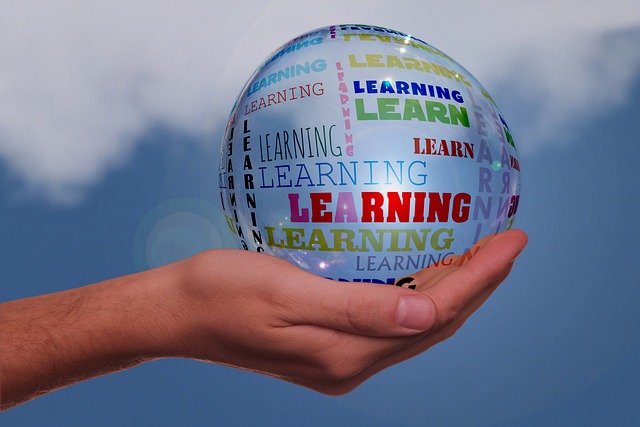Understanding the Heart of Pedagogy in Student Engagement
When we think about pedagogy, it’s easy to picture traditional classrooms and lesson plans. However, at its core, pedagogy is more about the relationship between teaching and learning—how educators connect with students to inspire curiosity and active participation.
Why Interaction Matters in Learning
Engagement thrives on interaction. Without it, lessons risk becoming one-dimensional and dull. True interaction — whether between student and teacher, student and student, or student and content — cultivates a dynamic learning environment. This dynamic relationship is where the magic of pedagogy unfolds.
Pedagogy as a Bridge to Student Voices
The essence of effective pedagogy is its ability to create space for student voices to be heard. It invites students not merely to absorb information but to interpret, question, and contribute. When students feel their perspectives matter, their engagement deepens, leading to meaningful connections and better retention.
Creating Shared Experiences through Collaborative Learning
Interaction is amplified in collaborative settings, and pedagogy that embraces group work transforms passive learners into active participants. This shared experience helps students develop critical thinking and social skills simultaneously—a vital outcome of thoughtful pedagogy aimed at fostering interaction.
Adapting Pedagogy for Diverse Learners
Each student brings unique experiences and backgrounds to the classroom, making a one-size-fits-all approach ineffective. The best pedagogy recognizes this diversity and adapts to support varied learning styles and needs. Responsive interaction strategies engage students on multiple levels, ensuring inclusivity and equity in the learning process.
Technology’s Role in Enhancing Pedagogical Interaction
In today’s digital age, pedagogy must extend beyond physical walls. Interactive technologies provide new platforms for engagement, allowing for synchronous and asynchronous communication that enriches the learning experience. When thoughtfully integrated, these tools support pedagogy by making interaction more accessible and personalized.
Embracing the Emotional Connection in Learning
Ultimately, pedagogy is not just about transmitting knowledge but about building relationships. Recognizing the emotional dimension of learning helps educators foster trust and motivation. Interaction fueled by genuine care and respect leads students to feel valued and energized, reinforcing their engagement.
Reflecting on pedagogy through the lens of interaction reveals that the most impactful teaching is that which invites students into a vibrant dialogue—not just with their teachers but with learning itself.




